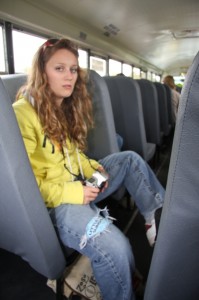 Bullies are frequently the root of disruption, injury and violence in schools and the workplace. Learn how to change the culture of your organization in order to defuse bullying.
Bullies are frequently the root of disruption, injury and violence in schools and the workplace. Learn how to change the culture of your organization in order to defuse bullying.
Overview
What is a bully? It is someone who takes advantage of another individual that he or she perceives as more vulnerable. The goal is to gain control over the victim or to gain control over a social group. This type of behavior occurs in all ages, sexes and social groups. Most adults, if they think about it, have experienced bullying too. Bullying usually involves deliberate hostility or aggression toward the victim. The interaction is painful and humiliating and distressing to the victim. Note the word deliberate.
Prevalence
Bullying has existed as long as there has been human civilization. However, recently our society has become more aware of bullying and its harmful consequences. In June 2002 the House of Delegates of the American Medical Association adopted a report by the AMA’s Council on Scientific Affairs that reviewed bullying among U.S. children and adolescents. It found that 7 to 15 percent of sampled school-age children were bullies. About 10 percent of the same group were victims. Between 2 and 10 percent of students are both bullies and victims. In elementary schools, more boys than girls are involved in bullying; however, the gender difference decreases in junior high and high school, and social bullying among girls – manipulation done to harm acceptance into a group – becomes harder to detect.
Long-term consequences for all involved
“Without intervention, bullying can lead to serious academic, social, emotional and legal problems,” the CSA report states. “Studies of successful anti-bullying programs are scarce in the United States but … adopting a comprehensive approach in schools can change student behaviors and attitudes and increase adults’ willingness to intervene.”
The report defined bullying as behavior that involves a pattern of repeated aggression, deliberate intent to harm or disturb a victim despite apparent victim distress and a real or perceived imbalance of power (e.g., due to age, strength, size) with the more powerful child or group attacking a physically or psychologically vulnerable victim.” (Report from AMA House of Delegates Scientific Affairs Committee June 2002)
Bullying behavior harms both the victim and the perpetrator. If a child experiences chronic intimidation, he or she may learn to expect this from others. He may develop a pattern of compliance with the unfair demands of those he perceives as stronger. He may become anxious or depressed. Finally, he may identify with the bully and become a bully himself.
The bully is also harmed. If he or she is allowed to continue the behavior, it becomes habitual. He becomes more likely to surround himself with friends who condone and promote aggressive behavior. He may not develop a mature sense of justice. If he intimidates others to cover up his own insecurities, his own anxiety may increase.
The bystander who observes the interaction may become frightened to express himself openly. He may also adopt the behaviors or either the bully or the victim.
Types of bullies:
Sadistic, narcissistic bully
Lacks empathy for others. Has low degree of anxiety about consequences. Narcissistic need to feel omnipotent. May appear to have a high self esteem but it is actually a brittle narcissism.
Imitative bully
May have low self esteem or be depressed. Influenced by the surrounding social climate. May use whining or tattling or be manipulative. Often responds well to a change in the culture of the classroom or social setting. If depressed may need other intervention.
Impulsive bully
He is less likely to be part of a gang. His bullying is more spontaneous and may appear more random. He has difficulty restraining himself from the behavior even when authorities are likely to impose consequences. He may have AD/HD. He may respond to medications and behavioral treatment and social skills training. He is also likely to be bullied.
Accidental Bully
If bullying is a deliberate act, this individual might not be included. The behavior may be offensive because the individual does not realize that his actions are upsetting the victim. If someone patiently and compassionately explains the situation, the individual will change the behavior. Sometimes social skills need to be taught. There is some overlap with the impulsive bully.
The Victim:
- Victims can be anyone. Sometimes it is an accident of time and place. Some people are more likely to become targets but this does not make it their fault.
- Someone who is different by virtue of physical or cultural characteristics.
- Someone who is envied by the bully for his talent
- Competing with bully for dominance in the social group
- Depressed individual with low self esteem.
- Rescuing or masochistic victim. Often an adolescent girl who feels that she must allow a sadistic boyfriend to humiliate her so that she can rescue him.
The Bystander:
- Identifies with bully and may help. Enjoys the bullying.
- Identifies with victim and feels immobilize
- Avoids the situation or tries to minimize it.
- Has mixed feelings and can see the problem but may fear to actively intervene. Often more mature than others.
Situations that facilitate bullying
- Classroom, clubs and other places where children or teens congregate in groups. Mobile phones and the Internet are newer venues for bullying. Flaming, or anonymous threatening emails are examples of this.
- Some are of the opinion that mixed age class groupings result in more true leadership and less bullying.
- Abusive homes, acceptance of violence and humiliation as ways of getting things done
- Administrators who turn a blind eye to bullying in classes.
Discovery of bullying
Things school may notice.
- Student with school avoidance.
- Declining grades,
- Frequent trips to the nurse
- Social withdrawal.
Things parents may notice.
What are the signs that your child is the victim of a bully? One may see non-specific signs of school distress: These might include falling grades, physical complaints on school days, and lack of interest in school work or sports. More specific signs would be unexplained injuries or torn clothes, missing belongings or money, or repeated requests for more money. If someone is taking your child’s lunch, he or she may come home hungry even though he took an adequate lunch to school.
How Parents Can Intervene:
You need to know how to get your child talking about his concerns. It is best to broach the subject at a calm neutral time. Ask general questions about whether something is bothering your child. Get as detailed a narrative as possible. Avoid interrupting or judging. Try to stay calm and do not make outraged statements while your child is telling his tale. Avoid offering premature solutions. You may not get the entire story on the first telling. Be patient and bring up the topic again later. Finally, if you feel that something is going on and suspect that your child is withholding information, call his or her teacher.
How can you help your child deal with the bullying? First, help teach him to avoid being an easy target. Start with posture, voice and eye contact. These can communicate a lot about whether you are vulnerable. Practice with a mirror or even videotape. Tell your child to avoid isolated places where no one can see or hear him. He should learn to be vigilant for suspicious individuals or for trouble brewing. If bullying starts, he might be able to deflect it with humor or by changing the subject. He should run over a list of positive attributes in his mind. This reminds him that he is worthy of something better than bullying behavior. Teach your child not to obey the commands of the bully. Often it is better to run away than to comply. The parent may help the child make more positive friends. If he or she sticks around with a group, he is less likely to be a target. Finally, if the child sticks up for other children he sees being bullied, people may get the idea that he is not someone who tolerates bullies.
How Schools Can Intervene:
Target The Students:
Involve students from different cliques, ethnic groups and neighborhoods. Peer mediation training, student government projects and conflict resolution training are helpful.
Target the Faculty and Staff:
Faculty and staff should discuss the social atmosphere at the school. Ideally, coaches, bus drivers, aides and janitorial staff should be included. Make sure that staff is aware of the long-term consequences of intimidation. Teachers and administrators could either brainstorm about ways to integrate this into each class or use a curriculum. Once a curriculum or an approach is chosen, parents or PTSA should meet with staff. When bullying behavior is seen, the teacher or guidance counselor can intervene at different levels depending on the severity of the incident.
- Cooperative activities in the classroom and on the playground: Find ways to emphasize the achievements and strengths of many different types of children. (This is not the same thing as “dumbing down” curriculum.)
- Written behavioral expectations for students to be signed by students, parents and teachers
- Disciplinary program that emphasizes rewards for correct behavior rather than solely focusing on demerits from misbehavior
- Posted rules that mandate respect between students.
- Consistent consequences for individuals who do not follow the student code of behavior
- Peer mediation training. Mediators should be chosen from a broad spectrum of students, not just the academic achievers or sports stars
- Children who tend to be victims should be supported by the formation of friendship groups
- Figure out the locations where bullying behavior is most likely and monitor these areas closely. (e.g. lunchroom, locker room)
- Students and adults who function as mentors for children who tend to be bullied.
- Pairing students in an ongoing buddy system
- Invite parents in for classes on assertiveness, active, non-violent parenting techniques, and anger management.
- Ongoing curriculum in decision making and conflict resolution.
- Books like “The Decision is Yours” series.
- Publicize classes and groups that build self-discipline and social skills. These might include martial arts classes, Scouting and religious youth groups.
Workplace Bullying
Characteristics of Organizations with Bullying Problems:
High rates of sick leave, dismissals, disciplinary suspensions, early and health-related retirements, disciplinary procedures, grievance procedures, and stress-related illnesses. This company may be more likely to hire security agencies to gather data on employees.
Types of workplace bullying
Adapted from www.successunlimited.co.uk
Stressed, impulsive or unintentional bully
Occurs when someone is under stress or an institution is undergoing confusing, disorienting changes. This is the easiest to redirect.
Cyber bully
This includes hateful emails and cyber stalking. Some feel that employers who monitor employees’ email are using intimidation but this position can be debated. If it is used unfairly, it can be seen as intimidation.
Subordinate bully
Bullying perpetrated by subordinates (such as boss being bullied by an employee, nursing staff being bullied by a patient.)
Serial bully
An individual who repeatedly intimidates or harasses one individual after another. A victim is selected and bullied for an extended period of time until he leaves or asserts himself and goes to Human Resources (HR) The bully deceives HR by being charming while the victim appears emotional and angry. Since there are often no witnesses, HR accepts the account of the senior staff member, possibly a serial bully. The bully may convince the organization to get rid of the troublesome victim. Once the victim is out of the organization, the bully usually needs to find a new victim. This is because the bully needs someone on whom he can project his inner feelings of inadequacy. The bully may prevent others from sharing negative information about him by sowing conflict. If the organization eventually realizes that it has made a mistake, it is difficult for them to publicly admit this. To do so might make them legally liable.
Secondary bully
Others in the office or social group start to react to bullying by imitating or joining in on the behavior. This can lead to institutional bullying. Even if the primary bullying individual is removed, the secondary bullies may fill in the gap because they have learned that this is how to survive in this organization.
Pair bullies
Two individuals, sometimes people who are having as affair, collude to intimidate others. The participation of the second individual may be covert.
Gang bullies
The primary bully gathers a number of followers. He may be a loud, highly visible leader. If he is a quieter sort, his role may be more insidious. Some members of the group may actively enjoy being part of the bullying. They like the reflected power of the primary bully. If the primary bully leaves the organization, and the institution does not change, one of these individuals may step in to fill the shoes of the primary bully. Others of the gang join in because they feel coerced. They fear that if they do not participate, they will be the next victims. Indeed some of these individuals do become victims at some point in time.
Interventions
Personal (Assertiveness)
Confrontations between employees, HR interventions, social disputes take up a lot of energy and distract everyone from things they should be doing at work and at home. (Aikido story) It is better to prevent an incident than to deal with it later. Sometimes this is a matter of judgment for the individual. Assertiveness, humor and negotiation can often head off a confrontation and prevent further bullying behavior. A strong positive self-image can help by making it easier to ignore minor insults. The positive self-image can also make it easier for one to take action when the bullying has gone too far. Cultural misunderstandings combined with personal insecurity can lead to hurt feelings.
Institutional
Institutions can make intimidation less likely by instituting policies discouraging bullying behavior. Supervisors need help with learning sensitive ways to interact with employees. Sometimes it may be as simple as cultural sensitivity and remembering to ask employees for feedback. Other times, particular individuals may need ongoing supervision or removal. It is difficult to change old habit. Explicit directives with examples may help. Managers need to understand their management style and how subordinates perceive it. It is important to understand the line between tough but fair and imperious and capricious.
Bullying and social stability
One might look at adult bullying as a mechanism of social control. Employers, government officials, and others in authority wish to retain and increase their control and authority. If power and control are central to the existence of an organization, bullying and denial about the existence of bullying may be central to the stability of the organization. Rules, regulations and clear lines of authority are not the same as institutional bullying. A person who might grow up in a family where there was covert intimidation, inconsistent demands and unfair treatment. His parents might single him out for harsher treatment than his siblings but make him feel too guilty to speak out. Paradoxically enough, such an individual might experience a strong sense of relief after joining the military. He would experience more overt yelling and more minute-to-minute control of his activities. Yet he thrives. Why? In the armed forces he would report that he received fair and consistent treatment. The rules were predictable. The expectations were rigorous but clear and predictable. His superiors shouted at him, but they shouted at everyone else. Some superiors might be excessively harsh, but everyone knew who they were and knew what to expect. Intense, highly authoritarian situations sometimes lend themselves to bullying situations. However, this is not always the case. If there are consistent predictable rules and no one is unfairly singled out, hierarchy does not necessarily mean bullying. In strict hierarchical situations, there should always be an avenue for individuals who feel that they are being treated unfairly or being asked to do unethical things.
See our other articles on Bullying
Dealing with Bullies and How Not To Be One
Dealing with Bullies (A shorter article aimed at elementary school children-located on Kids and Teens page)
 i
i 

 i
i 
 i
i 
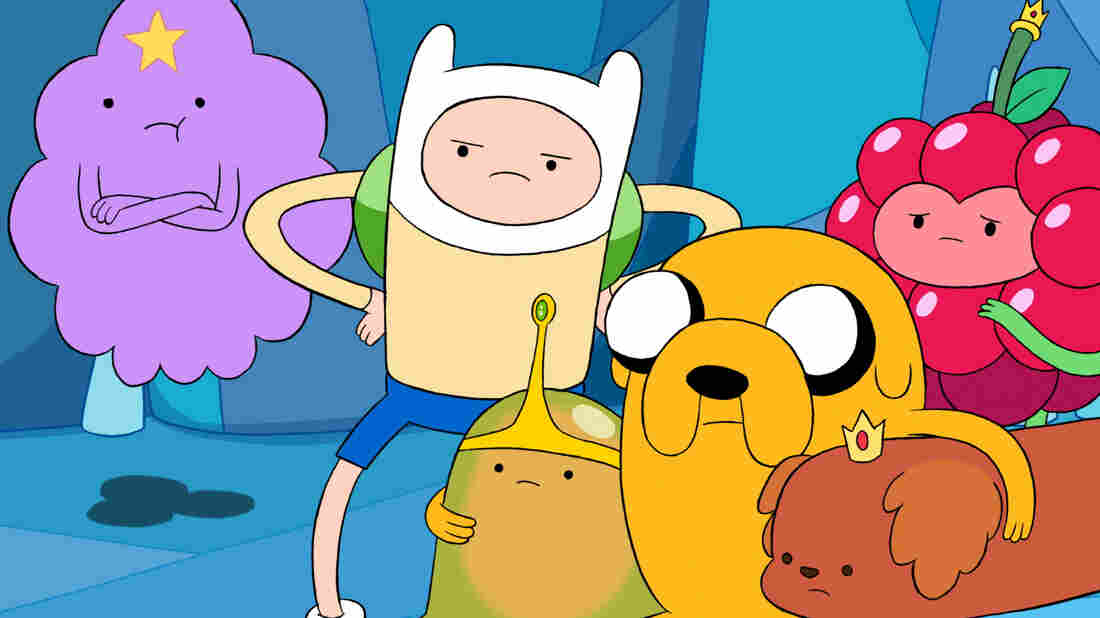 i
i 
 i
i 
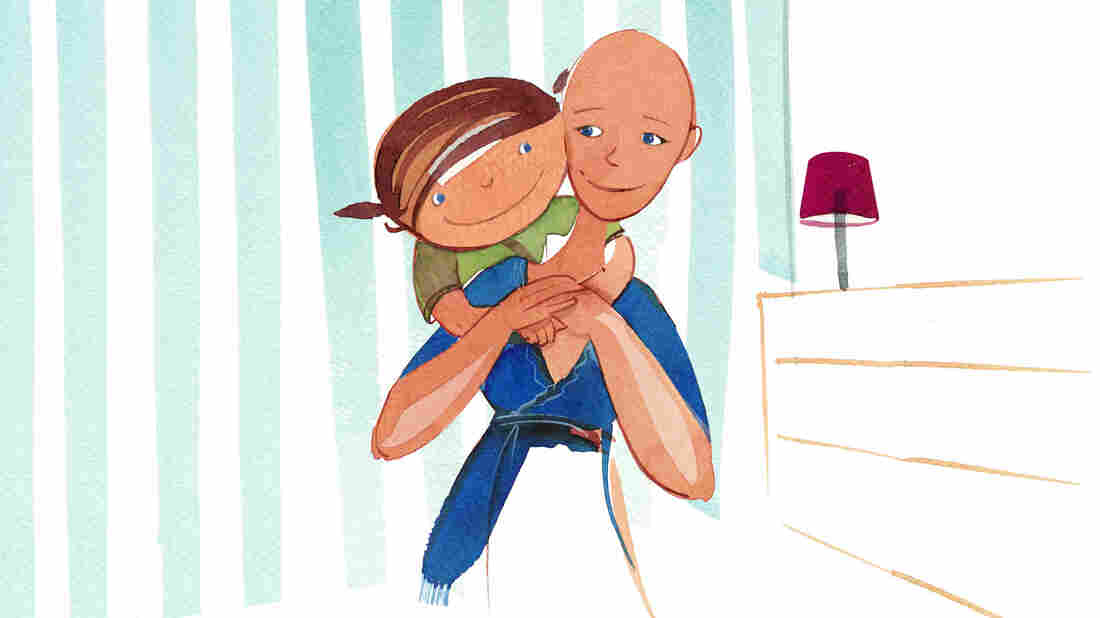 i
i 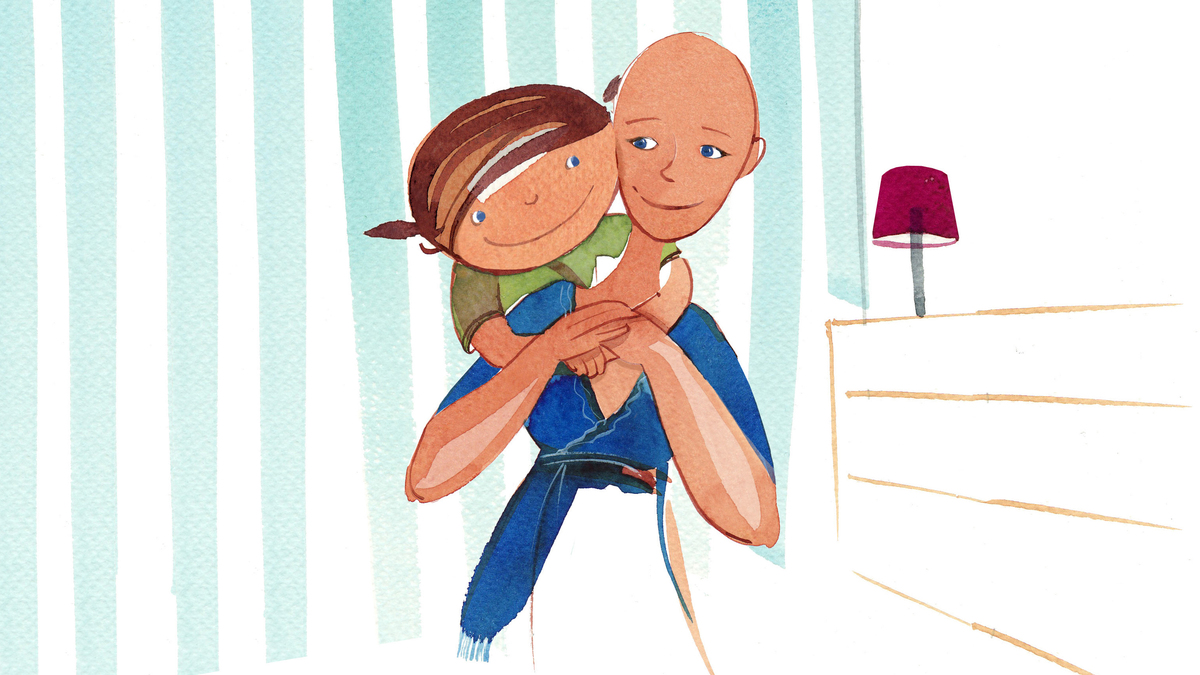
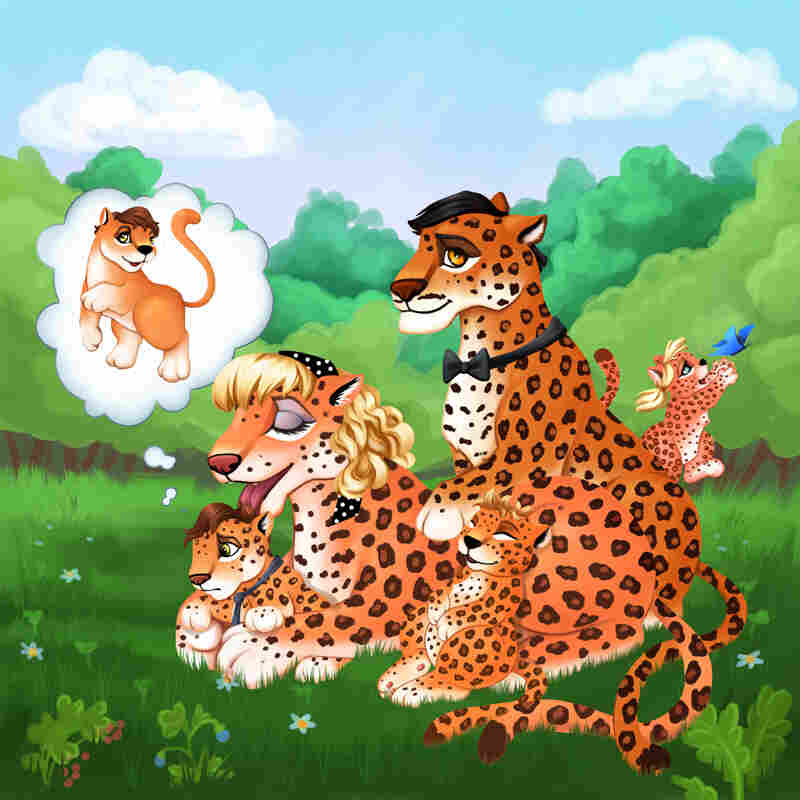 i
i 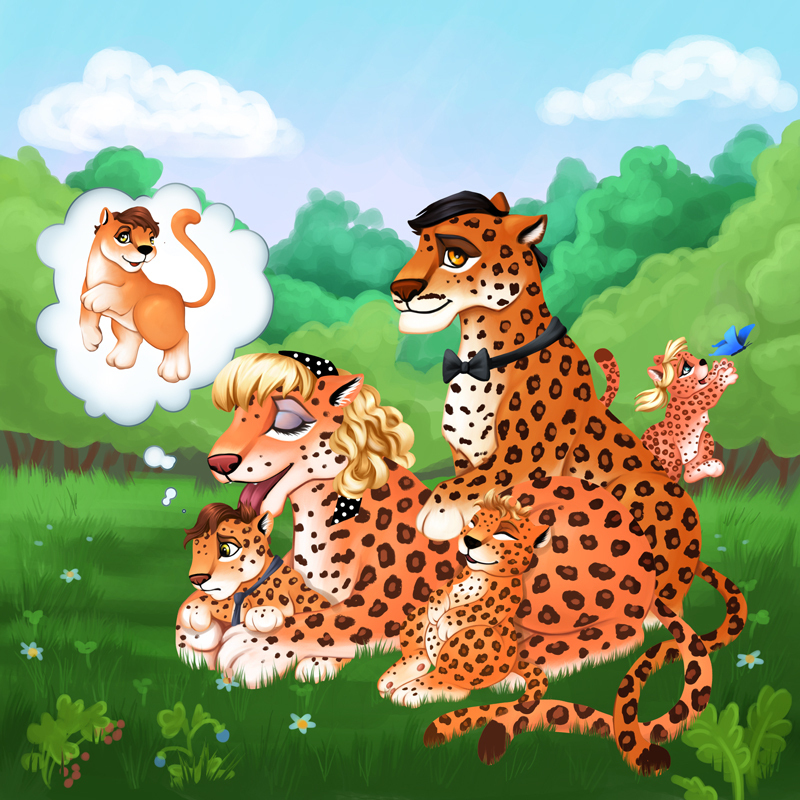
 i
i 
 i
i 

 i
i 
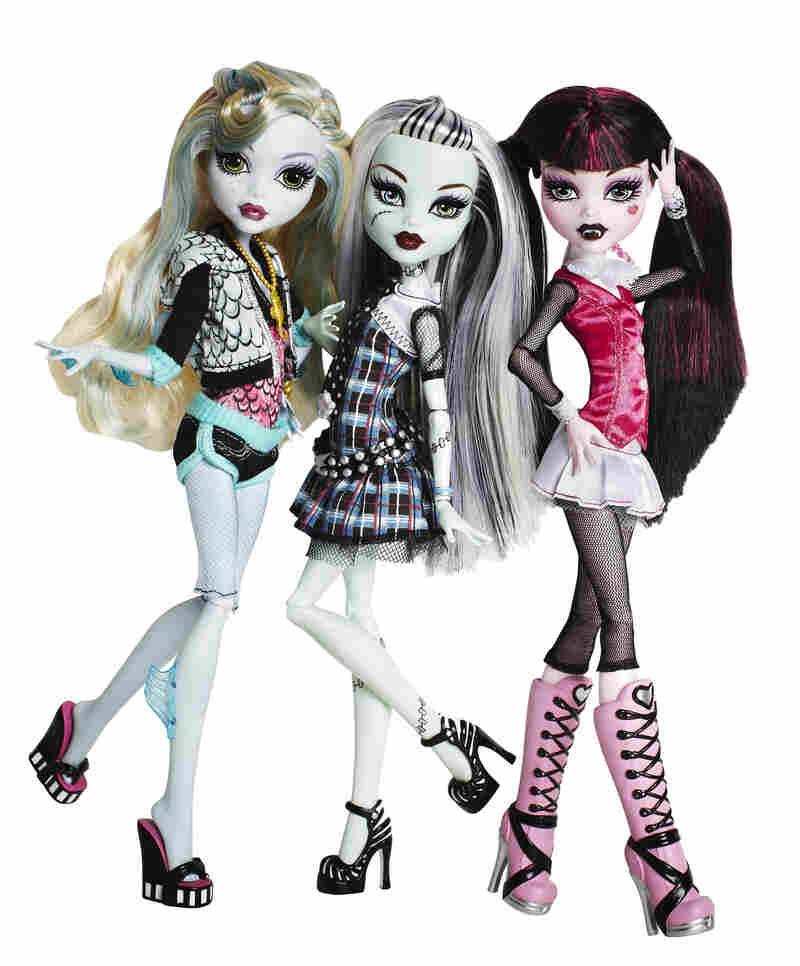 i
i 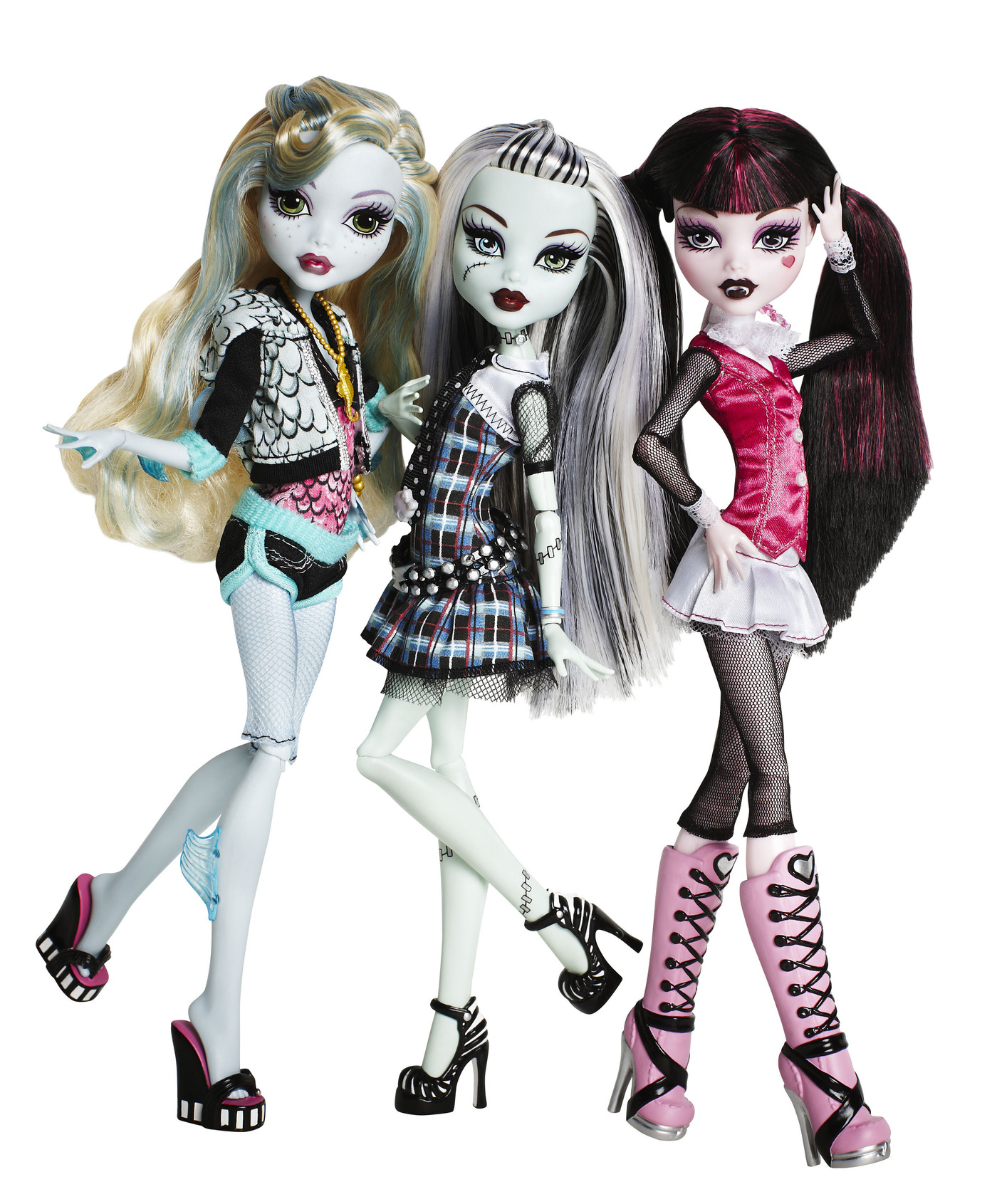

 Bullies are frequently the root of disruption, injury and violence in schools and the workplace. Learn how to change the culture of your organization in order to defuse bullying.
Bullies are frequently the root of disruption, injury and violence in schools and the workplace. Learn how to change the culture of your organization in order to defuse bullying.